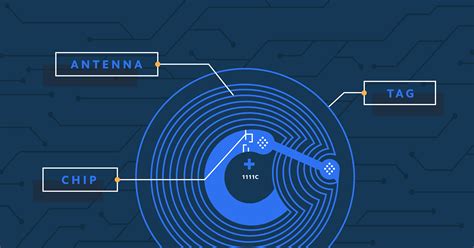In an era where technological advancements shape every aspect of modern life, Montreal’s integration of NFC (Near Field Communication) technology into its subway tickets stands as a testament to how cities worldwide are leveraging cutting-edge solutions to address public transport logistics. NFC technology, primarily known for its role in contactless payments, has become an instrumental part of Montreal’s transit system, streamlining operations and enhancing user convenience. With just a simple tap, passengers can access the city’s diverse public transportation network, highlighting a harmonious blend of technology and urban mobility.
At the core of Montreal’s transit ease lies the MIFARE Ultralight NFC chips, paradoxically both simple and sophisticated. The chip’s minuscule size—comparable to a grain of salt—belies its complex functionality. This tiny marvel operates as a bearer token, enabling swift and seamless transactions. The interaction begins when the chip communicates with the reader using a mechanism known as load modulation. Essentially, the chip modifies the electromagnetic field generated by the reader to transmit its data, a process that is remarkably efficient despite the weak signal involved.
One of the critical considerations around NFC technology in public transit is security. The comments from the discussion reveal mixed opinions on this front. Some experts argue that while the basic MIFARE Ultralight chips are easy to clone, the actual security lies within the backend systems that validate each transaction. For example, lxgr points out that although the chips support password authentication derived from the serial number, sophisticated attackers could still clone them by intercepting these transmissions. However, the more advanced versions, such as MIFARE DESFire, offer enhanced encryption and are considered more secure due to their use of cryptographic authentication keys.
Despite the efficiency and convenience offered by NFC-based tickets, their environmental impact sparks valid concerns. Critics like bobthepanda and kens highlight the potential e-waste generated by these disposable tickets. Although the individual chips are minuscule, the cumulative environmental footprint could be substantial. Interestingly, the conversation points out parallels with other disposable packaging and calls for a more sustainable approach. Ticket systems in other cities, such as refillable cards in Hong Kong’s Octopus system or the CharlieCards in Boston, offer potential models for reducing waste while maintaining technological convenience.
The global uptake of NFC technology in public transit systems also sheds light on the market dynamics and manufacturer strategies. Commenters suggest that companies like NXP, which produces the MIFARE chips, segment their product lines to cater to varying security needs. This strategic segmentation allows them to command higher prices for more secure products while making the basic Ultralight chips affordable and accessible for mass use. Yet, this approach also raises questions about the trade-offs between cost and security, as more secure alternatives might be prohibitively expensive for widespread adoption.
Adding another layer of complexity are the practical and logistic challenges encountered by occasional users and tourists. Users often face long queues to purchase single-use tickets, which cannot be conveniently refilled using an app. Meanwhile, local residents with rechargeable cards enjoy a smoother experience. Several discussions also emphasized the need for integrating more advanced methods, such as allowing direct credit card payments or smartphone-based NFC solutions akin to those being adopted in cities like London and New York. Such progression would not only enhance ease of use but also potentially mitigate the e-waste issue.
Ultimately, the integration of NFC technology into public transit systems like Montreal’s represents both an impressive feat and a work in progress. As cities strive to innovate and modernize, addressing the balance between convenience, security, and sustainability remains key. By learning from each other’s successes and pitfalls, urban centers worldwide can craft transit systems that are not only efficient and secure but also environmentally responsible. The discussion around NFC technology and public transport underscores the intricate dance between technology and its real-world implications, pushing us to innovate continually while being mindful of broader impacts.


Leave a Reply